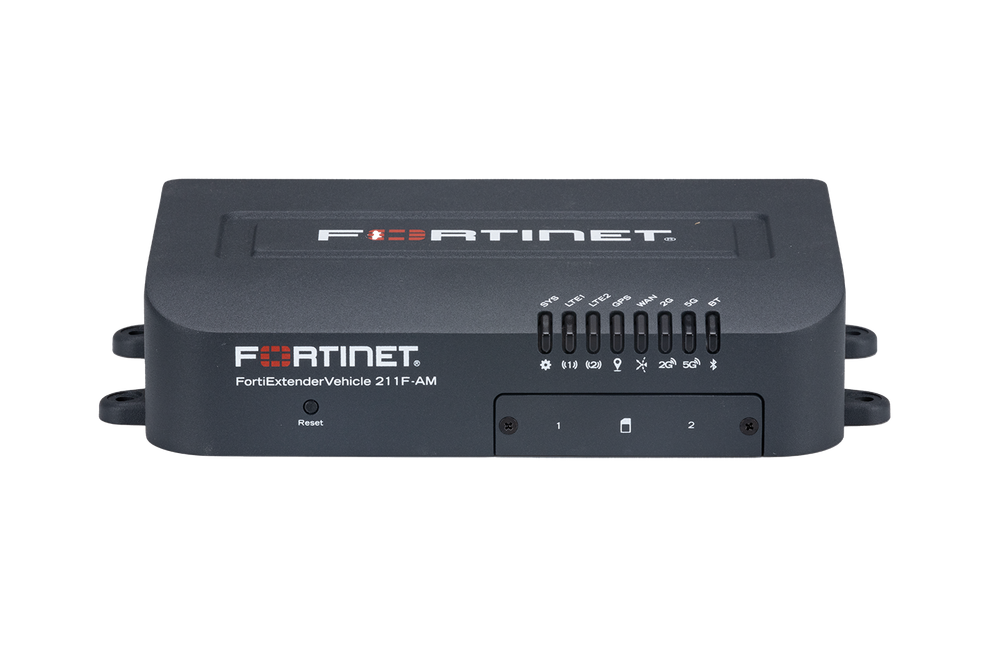
- Support Forum
- Knowledge Base
- Customer Service
- Internal Article Nominations
- FortiGate
- FortiClient
- FortiADC
- FortiAIOps
- FortiAnalyzer
- FortiAP
- FortiAuthenticator
- FortiBridge
- FortiCache
- FortiCare Services
- FortiCarrier
- FortiCASB
- FortiConverter
- FortiCNP
- FortiDAST
- FortiData
- FortiDDoS
- FortiDB
- FortiDNS
- FortiDLP
- FortiDeceptor
- FortiDevice
- FortiDevSec
- FortiDirector
- FortiEdgeCloud
- FortiEDR
- FortiEndpoint
- FortiExtender
- FortiGate Cloud
- FortiGuard
- FortiGuest
- FortiHypervisor
- FortiInsight
- FortiIsolator
- FortiMail
- FortiManager
- FortiMonitor
- FortiNAC
- FortiNAC-F
- FortiNDR (on-premise)
- FortiNDRCloud
- FortiPAM
- FortiPhish
- FortiPortal
- FortiPresence
- FortiProxy
- FortiRecon
- FortiRecorder
- FortiSRA
- FortiSandbox
- FortiSASE
- FortiSASE Sovereign
- FortiScan
- FortiSIEM
- FortiSOAR
- FortiSwitch
- FortiTester
- FortiToken
- FortiVoice
- FortiWAN
- FortiWeb
- FortiAppSec Cloud
- Lacework
- Wireless Controller
- RMA Information and Announcements
- FortiCloud Products
- ZTNA
- 4D Documents
- Customer Service
- Community Groups
- Blogs
- Fortinet Community
- Blogs
- Addressing the Buffer Overflow Vulnerability in D-...
- Subscribe to RSS Feed
- Mark as New
- Mark as Read
- Bookmark
- Subscribe
- Printer Friendly Page
- Report Inappropriate Content
What is CVE-2022-37055?
CVE-2022-37055 is a critical buffer overflow vulnerability in D-Link Go-RT-AC750 models GORTAC750_revA_v101b03 and GO-RT-AC750_revB_FWv200b02. It allows remote code execution due to insufficient buffer size checks in the device's web interface, affecting the CGI and HNAP main components.
The Significance of CVE-2022-37055
Buffer overflow vulnerabilities like CVE-2022-37055 are particularly severe because they enable attackers to overwrite memory beyond its allocated limits, potentially injecting and executing malicious code on the affected device. This can grant unauthorized control to attackers, allowing them to manipulate device settings, intercept sensitive data, or use the compromised device as a foothold for further attacks. Additionally, such vulnerabilities can lead to data leakage, service disruptions, or even complete system failure, posing significant threats to network security and data integrity. If exploited, attackers could leverage this flaw to gain persistence within a network, escalate privileges, or launch widespread cyberattacks.
Fortinet Protection Assurance
FortiWeb’s comprehensive signature database is designed to detect and block exploit attempts targeting vulnerabilities like CVE-2022-37055, offering proactive protection against cyber threats. It achieves this by leveraging advanced threat intelligence, behavior-based detection, and machine learning-driven anomaly detection to identify malicious patterns associated with buffer overflow exploits.
By deploying FortiWeb, organizations can shield their networks from potential attacks even before the affected vendor releases a security patch. This is especially critical for zero-day threats and vulnerabilities in widely used devices, where attackers may attempt exploitation before fixes are applied. FortiWeb also provides real-time threat analysis, automated policy enforcement, and customizable security rules, ensuring a robust defense against unauthorized access, data breaches, and service disruptions. This additional security layer helps organizations maintain network integrity and minimize risk exposure while awaiting official vendor mitigation measures.
Mitigating the Risks of CVE-2022-37055
The most effective way to mitigate CVE-2022-37055 is by applying the official security patches released by D-Link, as these updates directly address the underlying buffer overflow vulnerability by correcting improper memory handling and implementing stricter input validation. Keeping firmware up to date ensures that security flaws are patched, reducing the risk of exploitation.
However, in environments where immediate patching is not feasible—such as large-scale deployments, legacy systems, or operational constraints—deploying a robust Web Application Firewall (WAF) like FortiWeb can provide an essential layer of defense. FortiWeb can help mitigate the risk by inspecting incoming traffic, identifying malicious patterns, and blocking exploit attempts before they reach vulnerable devices. Through its advanced threat intelligence, signature-based detection, and anomaly detection capabilities, FortiWeb can filter and neutralize harmful requests targeting the vulnerable web interface components of the affected devices.
Additionally, organizations should implement network segmentation, access control policies, and continuous monitoring to further minimize exposure. Restricting device access to trusted IPs, disabling unnecessary remote management features, and logging traffic for signs of exploitation attempts can significantly enhance security while awaiting patch deployment.
Conclusion
CVE-2022-37055 highlights the critical need for a proactive and multi-layered approach to cybersecurity, emphasizing the importance of regular system updates, vulnerability management, and the deployment of advanced security solutions like FortiWeb. This vulnerability, which allows remote code execution through a buffer overflow exploit, serves as a reminder that even widely used network devices can be targeted by sophisticated cyber threats if not properly secured.
Regular system updates and timely patching are essential to closing security gaps that attackers could exploit. However, patch management alone is not always sufficient, especially in environments where updates may be delayed due to operational constraints or vendor limitations. This is where security solutions like FortiWeb play a crucial role in providing an additional layer of defense. FortiWeb’s advanced threat detection mechanisms, including signature-based filtering, anomaly detection, and behavioral analysis, help identify, and block exploit attempts before they can compromise vulnerable devices.
Beyond patching and web application firewalls, organizations should implement broader security best practices, such as network segmentation, least privilege access, continuous monitoring, and threat intelligence integration. By adopting a defense-in-depth strategy, businesses can significantly reduce their exposure to emerging threats and prevent attackers from leveraging unpatched vulnerabilities to infiltrate their networks.
You must be a registered user to add a comment. If you've already registered, sign in. Otherwise, register and sign in.
The Fortinet Security Fabric brings together the concepts of convergence and consolidation to provide comprehensive cybersecurity protection for all users, devices, and applications and across all network edges.
Copyright 2025 Fortinet, Inc. All Rights Reserved.
